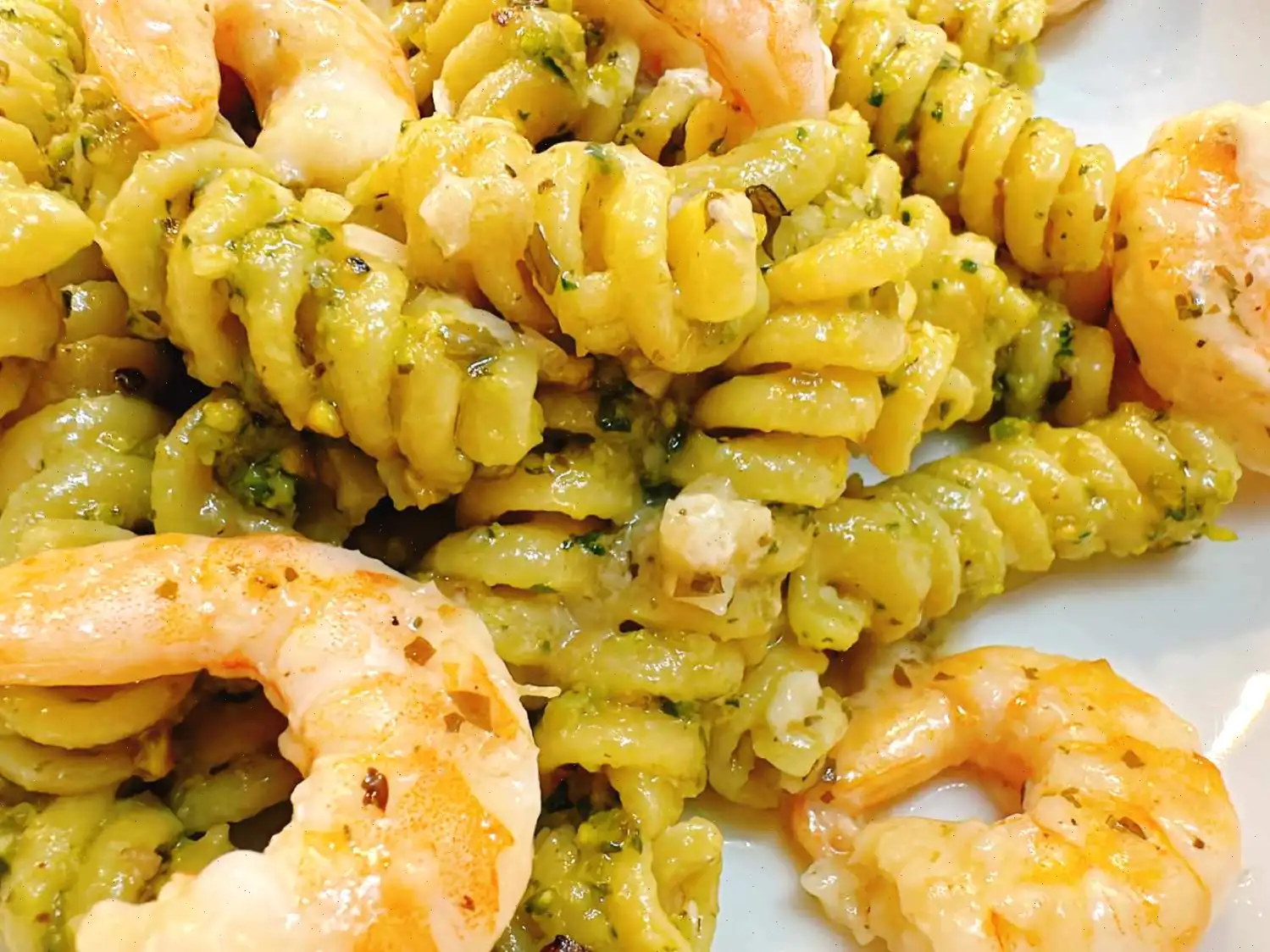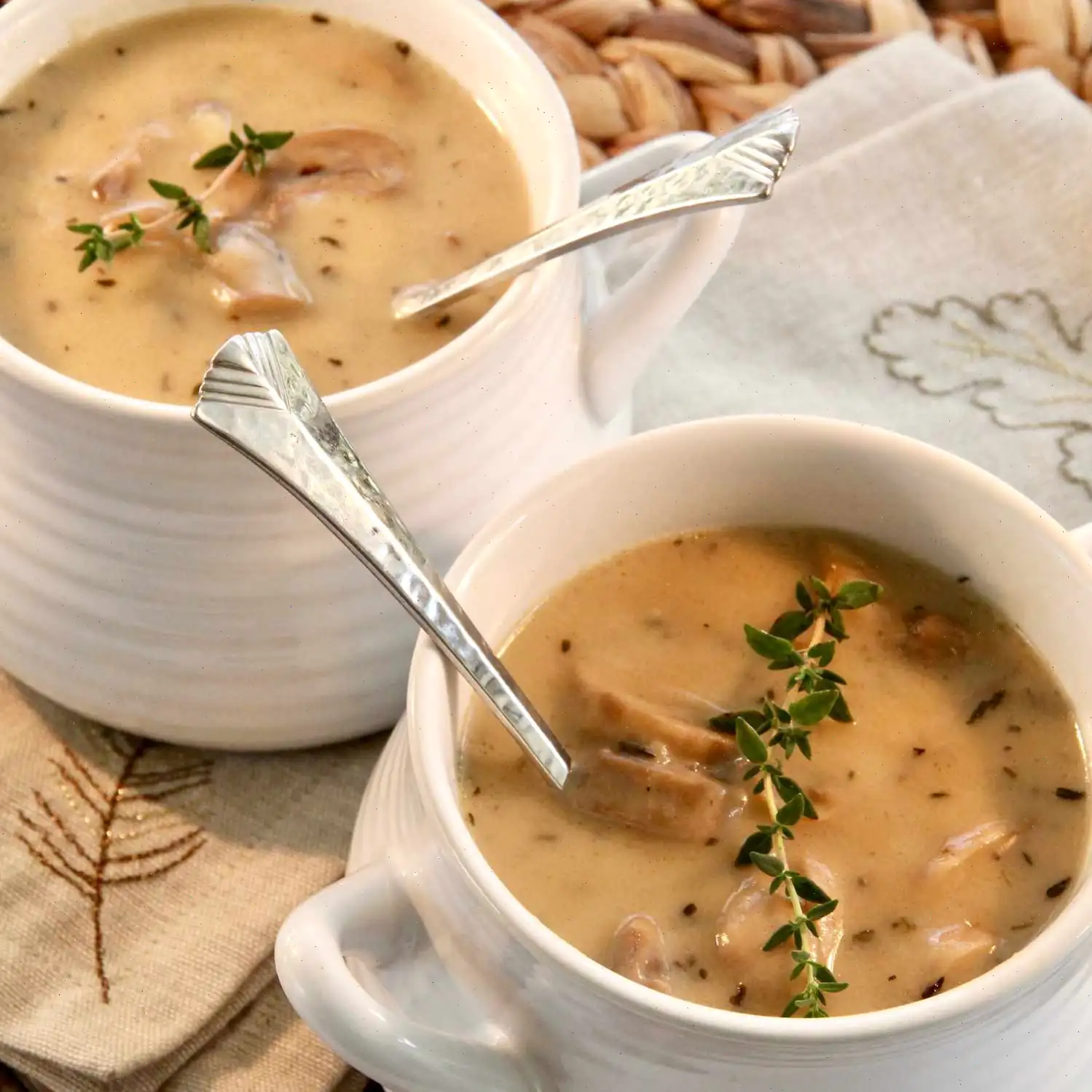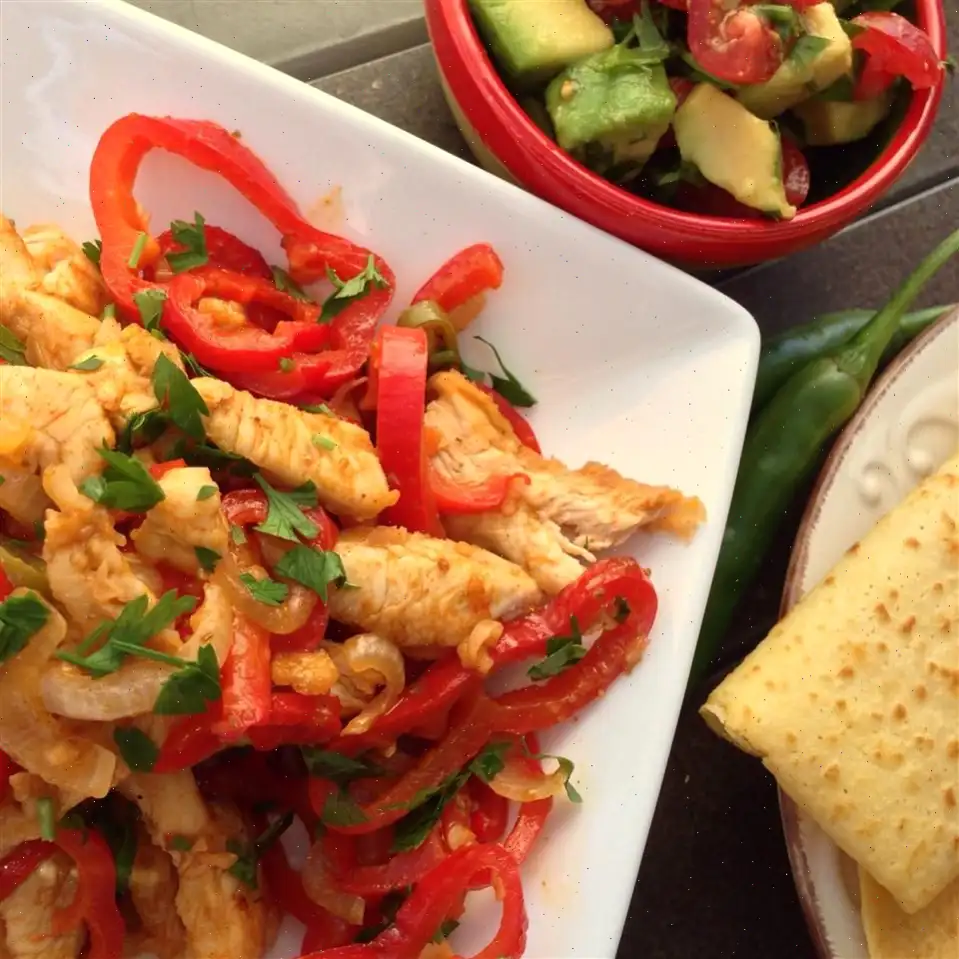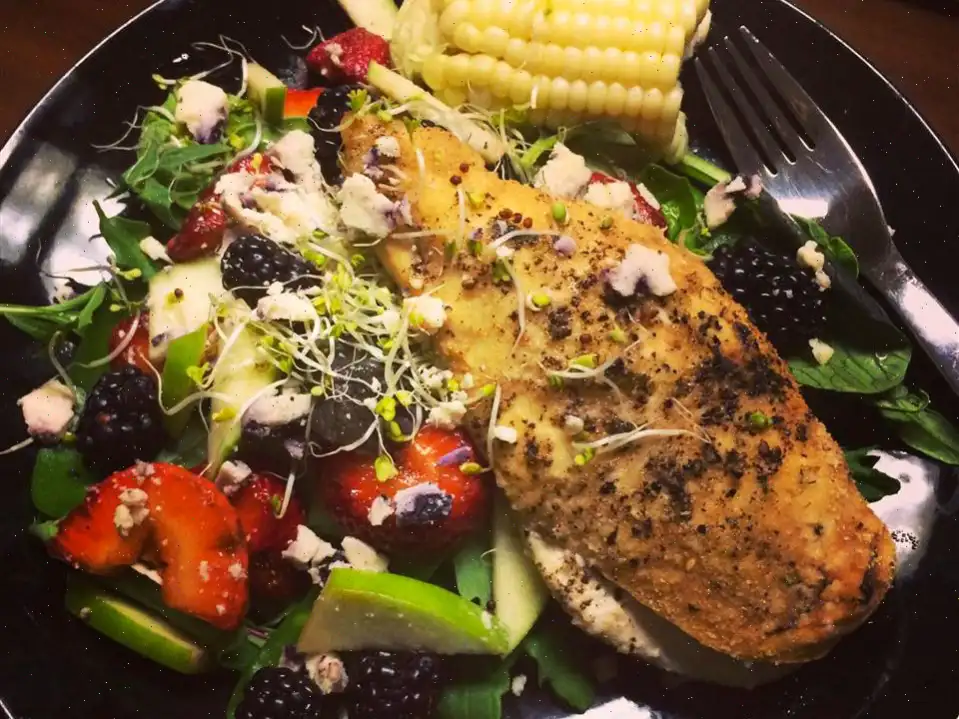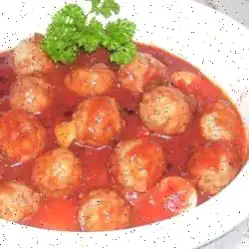
Pistachio Pesto Pasta with Shrimp Recipe
Ingredients
Pesto:
- 2 tablespoons raw pistachios, shelled
- 1 1/2 cups fresh basil leaves
- 1/2 cup grated Parmesan cheese
- 1/3 cup olive oil
- 1 garlic clove, peeled
- 1/4 teaspoon salt (optional)
- Freshly squeezed lemon juice to taste
Pasta:
- 14 1/2 ounces fusilli pasta
- 1 pound peeled and deveined raw shrimp
- 2 tablespoons butter
- 1 teaspoon garlic powder
- 1/2 teaspoon salt (optional)
- 1/4 teaspoon freshly ground black pepper
Directions
1. Prepare the pesto: Heat a skillet over medium-high heat and toast the pistachios until fragrant, tossing frequently, about 1 minute. Once toasted, transfer them to a plate and allow them to cool completely, which will take approximately 10 minutes.
2. Blend the pesto: In a blender or food processor, combine the cooled pistachios, fresh basil, Parmesan cheese, olive oil, and garlic. Blend until the mixture reaches a smooth consistency. Season with salt and lemon juice to taste.
3. Cook the pasta: Bring a large pot of lightly salted water to a boil. Cook the fusilli pasta in the boiling water, stirring occasionally, for 10 to 12 minutes, or until its tender but still firm to the bite. Once done, reserve 1 tablespoon of pasta water and drain the rest.
4. Mix pasta with pesto: Return the pasta to the pot and gently stir in 1/4 cup of the prepared pesto, using a slotted spoon to mix. Set aside while you prepare the shrimp.
5. Prepare the shrimp: In a bowl, toss the peeled shrimp with garlic powder, salt, and freshly ground black pepper until evenly coated.
6. Cook the shrimp: Heat a large skillet over medium heat and add the butter. Once the butter is melted, add the shrimp in a single layer. Cook the shrimp for 2 to 3 minutes on one side until seared, then flip them and cook for another 2 to 3 minutes, or until they turn pink and opaque.
7. Combine and serve: Add the cooked shrimp to the pasta and toss gently. If the sauce appears too thick, add a small amount of the reserved pasta water to thin it to your desired consistency. Serve immediately and enjoy!
Nutrition Facts (per serving)
| Calories | 529 |
|---|---|
| Total Fat | 31g (40% DV) |
| Saturated Fat | 9g (45% DV) |
| Cholesterol | 265mg (88% DV) |
| Sodium | 1365mg (59% DV) |
| Total Carbohydrate | 26g (10% DV) |
| Dietary Fiber | 2g (6% DV) |
| Sugars | 1g |
| Protein | 34g (69% DV) |
| Vitamin C | 2mg (2% DV) |
| Calcium | 240mg (18% DV) |
| Iron | 2mg (11% DV) |
| Potassium | 344mg (7% DV) |
* Percent Daily Values are based on a 2,000 calorie diet. Your daily values may be higher or lower depending on your calorie needs. ** Nutrient information is not available for all ingredients. Amount is based on available nutrient data.
The Story Behind Pistachio Pesto Pasta with Shrimp
Pistachio pesto pasta with shrimp is a modern twist on the classic Italian basil pesto. Traditional pesto originated in Liguria, a coastal region in northern Italy, and was made using pine nuts, garlic, basil, Parmesan cheese, and olive oil. Over time, chefs around the world have experimented with different nuts and seafood pairings, giving rise to the vibrant pistachio version we enjoy today. By swapping pine nuts for pistachios, the dish gains a slightly sweeter, creamier flavor, which complements the tender, succulent shrimp perfectly.
Regional Variations
While pesto is widely associated with Italy, pistachio pesto has strong roots in Sicily, where pistachios are abundant and integral to both savory and sweet dishes. Sicilian pistachios, known for their bright green color and distinct flavor, provide a unique twist that differentiates this dish from northern Italian versions. In American adaptations, the dish often incorporates high-protein pasta varieties and additional seasoning to suit contemporary palates, blending Mediterranean tradition with modern dietary preferences.
Differences from Similar Dishes
This recipe stands apart from standard pesto pasta because of the nut choice and the inclusion of shrimp. While traditional pesto dishes often use pine nuts or walnuts, pistachios impart a slightly buttery, earthy note that balances the seafood. Unlike creamy Alfredo or tomato-based shrimp pastas, pistachio pesto offers a lighter, herb-forward sauce with a natural richness that is both decadent and refreshing. The use of fusilli pasta enhances the dish by trapping the pesto in its spiral shape, creating bursts of flavor in every bite.
Typical Serving Occasions
Pistachio pesto pasta with shrimp is versatile, making it suitable for both casual dinners and special occasions. It is commonly served in upscale Italian restaurants, seafood bistros, and at home during gatherings where a refined yet simple dish is desired. The combination of pesto and shrimp makes it ideal for spring and summer meals, often paired with crisp white wine or a light salad to complement the freshness of the ingredients.
Interesting Facts
- Pistachios have been cultivated for thousands of years and were prized in ancient Persia for their flavor and vibrant color.
- Substituting pistachios in pesto not only changes the taste but also increases the antioxidant content, providing additional health benefits.
- The pairing of shrimp with pesto is inspired by coastal Italian cuisine, where seafood is often combined with nut-based sauces for enhanced flavor.
- Fusilli pasta, with its spiral shape, is ideal for capturing thick sauces like pistachio pesto, making each bite more flavorful than flat pasta varieties.
- This dish demonstrates the adaptability of traditional recipes, showing how simple ingredient swaps can create entirely new culinary experiences.
FAQ about Pistachio Pesto Pasta with Shrimp Recipe
Comments
Tyler Clark
04/12/2025 12:08:18 PM
I can’t stop thinking about it.


